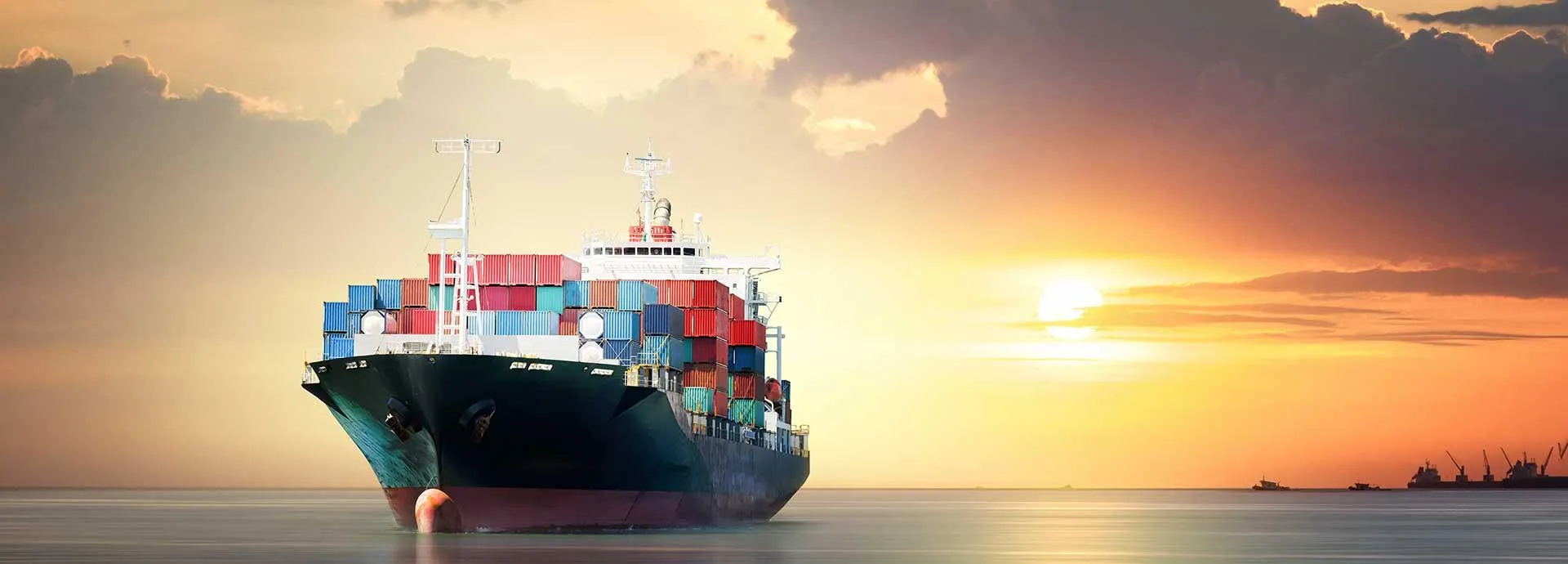
Charting the Course of Sustainable Shipping: Methanol, Ammonia, Biofuel, and LNG’s Ascendance in the Maritime Industry
The maritime shipping industry, a critical component of global trade and commerce, is at a crossroads as it grapples with the imperative to reduce its environmental impact. In the quest for cleaner and more sustainable alternatives to traditional fossil fuels, a quartet of innovative contenders has emerged: methanol, ammonia, biofuel, and liquefied natural gas (LNG). This in-depth article delves into the rise of these diverse fuel types, analysing their potential, benefits, and challenges in the maritime shipping sector.
Methanol: The Versatile Fuel of the Future
Methanol, a colourless and flammable liquid, is gaining traction as a maritime fuel due to its ability to reduce harmful emissions. Produced from various feedstocks, including natural gas, biomass, and even carbon dioxide, methanol boasts a high energy density and compatibility with existing ship engines. The maritime industry sees promise in methanol’s lower sulphur oxide (SOx) and nitrogen oxide (NOx) emissions, making it compliant with stricter emission regulations. Moreover, its liquid form allows for relatively straightforward storage and handling compared to gases like LNG or ammonia.
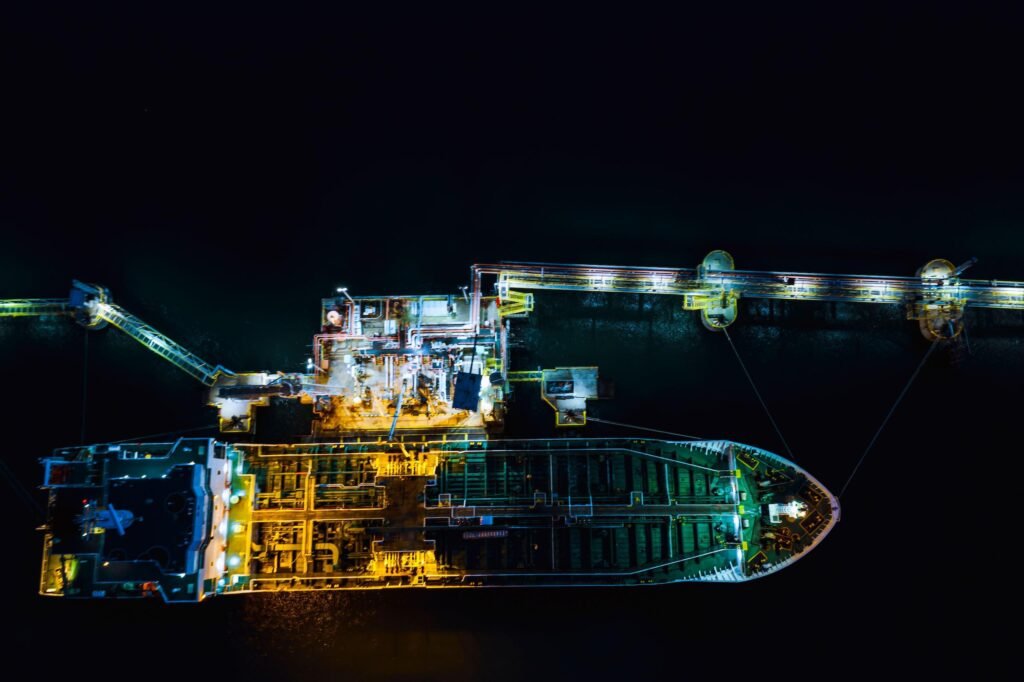
Ammonia: A Zero-Emission Contender
Ammonia, a compound consisting of nitrogen and hydrogen, is generating enthusiasm as a zero-emission maritime fuel. Although challenging to store and handle due to its toxic and corrosive nature, ammonia emits only water and nitrogen when combusted, presenting a compelling solution to greenhouse gas reduction targets. Promising research focuses on ammonia as a hydrogen carrier, offering potential for ammonia-powered fuel cells to complement internal combustion engines. However, developing safe and efficient ammonia infrastructure remains a significant hurdle to overcome.
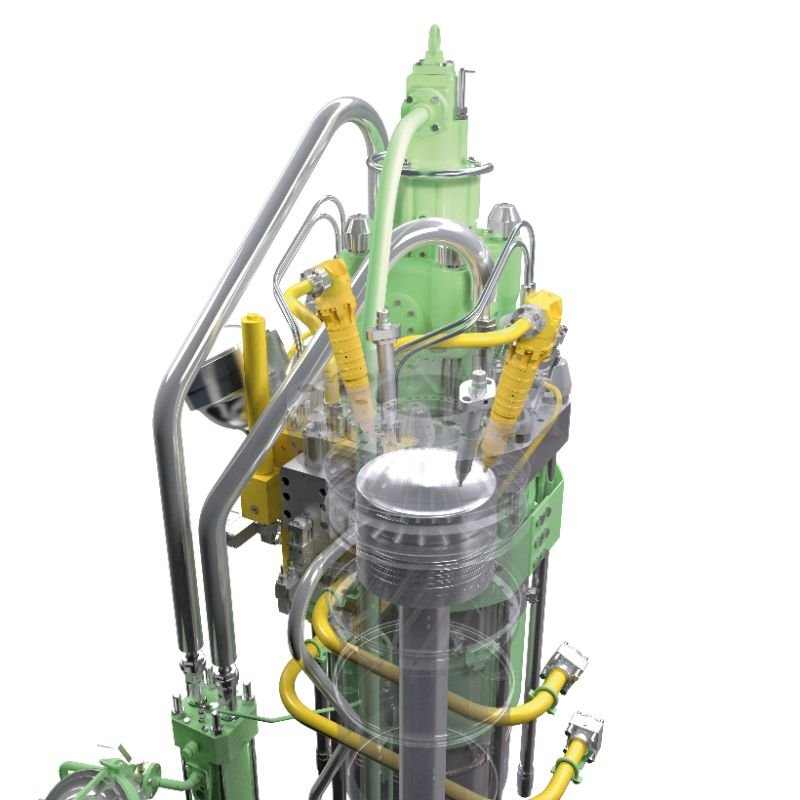
Biofuel: Nurturing Sustainability with Renewability
Derived from organic materials such as algae, waste cooking oil, and agricultural residues, biofuels offer a renewable alternative to conventional fuels. In the maritime sector, biofuels are garnering attention for their potential to significantly reduce net carbon dioxide (CO2) emissions. Their compatibility with existing engines and infrastructure minimizes the transition challenges faced by shipping companies. However, the scalability of biofuel production, potential land-use conflicts, and competition with food production necessitate careful consideration.

Liquefied Natural Gas (LNG): Paving the Way for Transition
LNG, a well-established alternative, has experienced a surge in popularity as a bridge fuel towards a greener maritime future. Its advantages, including reduced CO2 emissions, lower sulphur content, and cost predictability, make it an attractive option. The investment in LNG bunkering infrastructure is on the rise, supported by regulatory incentives and emissions reduction targets. However, LNG’s methane slip, the inadvertent release of unburned methane, requires attention to ensure its environmental benefits are fully realized.
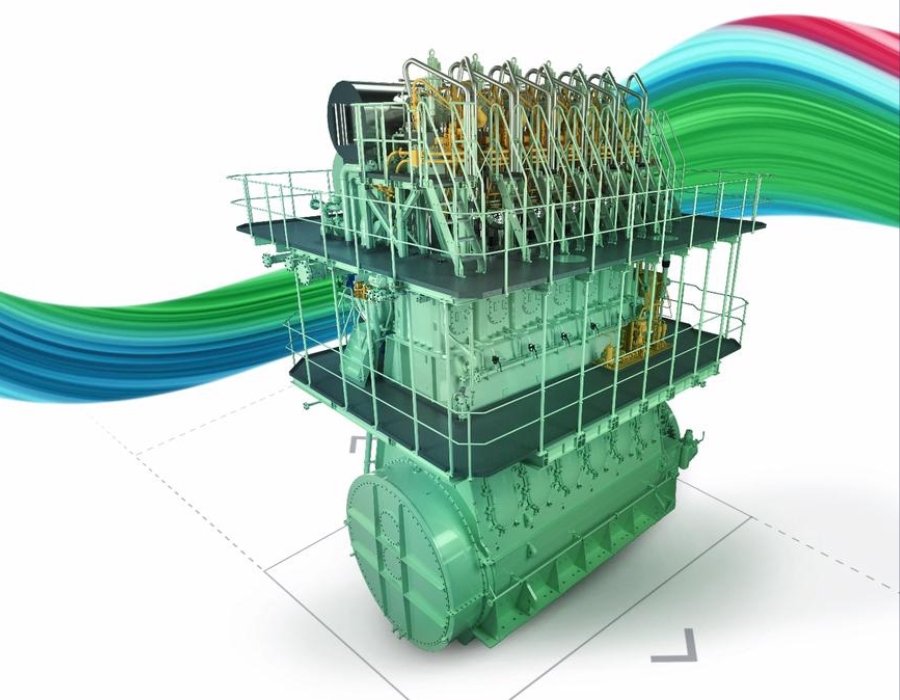
Comparative Analysis and Challenges
Each of these fuel types presents unique advantages and challenges, making their adoption a complex decision for shipowners and operators. While methanol and LNG offer immediate emission reductions with existing engine technology, ammonia and biofuels hold the promise of achieving true carbon neutrality. However, ammonia’s safety concerns and biofuel’s scalability constraints require innovation and collaboration to address.
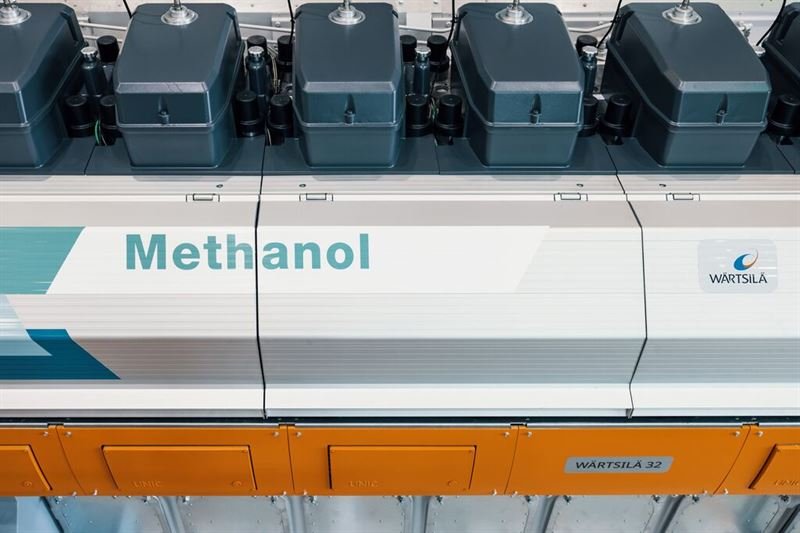
The maritime shipping industry stands on the cusp of a monumental transformation, driven by the imperative to reduce its environmental footprint. Methanol, ammonia, biofuel, and LNG have risen as leading contenders in this quest for sustainability. Their varied attributes, from immediate emission reductions to carbon neutrality, present a mosaic of options for maritime stakeholders. The industry’s future will likely involve a diverse mix of these alternative fuels, supported by advancements in technology, infrastructure, and international collaboration. As the tides of change continue to shape the maritime landscape, these innovative fuels hold the potential to chart a course toward a cleaner, greener, and more sustainable future for global shipping.




